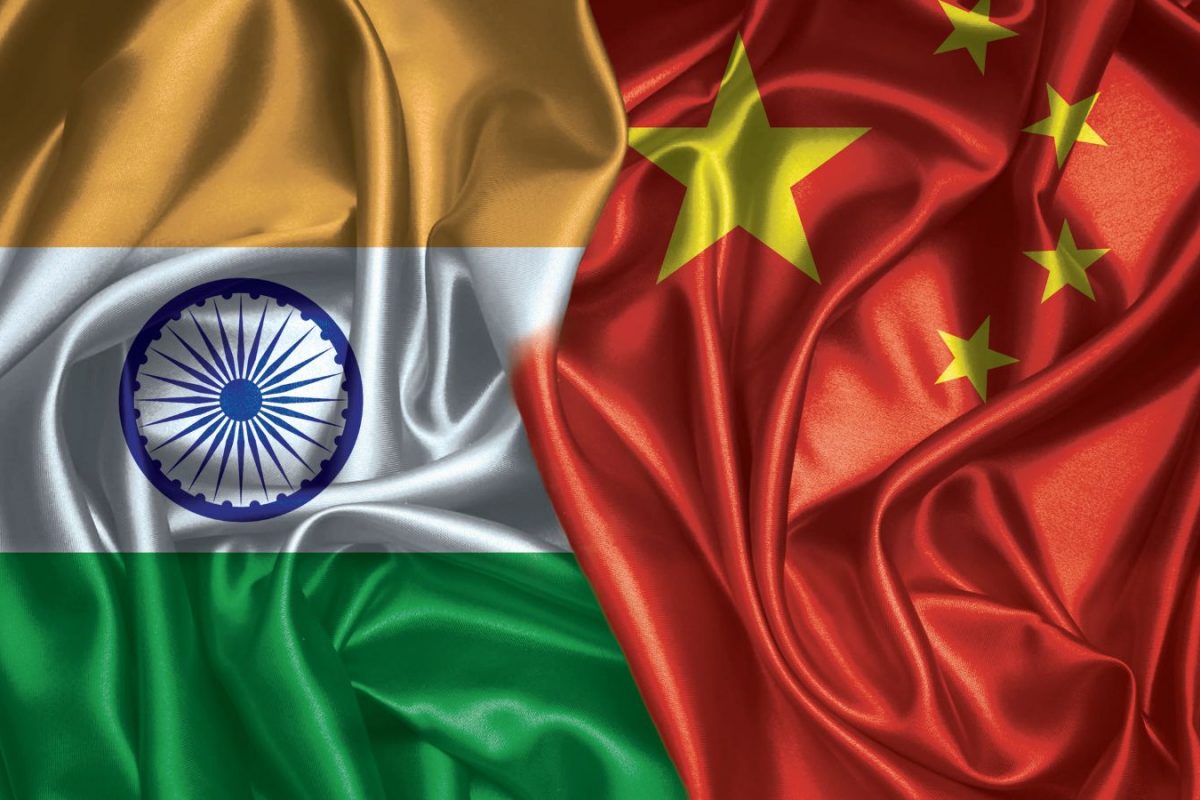

The relationship between India and China, complex and multifaceted, has undergone significant shifts since the Galwan Valley clashes in June 2020. These shifts encompass a spectrum of interactions, from military standoffs and diplomatic parleys to economic dependencies and cautious re-engagement.
The Deep Freeze (2020): The Galwan Valley clash on June 15, 2020, marked a turning point, resulting in the deaths of 20 Indian soldiers and an unacknowledged number of Chinese casualties. This was the deadliest military clash between the two nations since 1967. The incident triggered a deep freeze in bilateral relations, impacting political, economic, and strategic dimensions. India expressed that the usual course of business was impossible.
Military Standoff and Disengagement Attempts (2020-2022): Following the Galwan clash, both sides deployed around 50,000 to 60,000 troops along the Line of Actual Control (LAC). Multiple rounds of military and diplomatic talks ensued, aimed at de-escalating tensions and achieving disengagement from various friction points. Some progress was made, with troops pulling back from Galwan Valley, Pangong Tso, and Gogra-Hot Springs. The last formal disengagement occurred in September 2022 at Patrolling Point-15 in the Gogra-Hot Springs area. However, complete disengagement from all friction points, including Depsang Plains and Demchok, remained elusive.
Economic Realities and Trade Dynamics (2020-Present): Despite the border tensions, economic ties between India and China remained significant. China is India's largest trading partner, with bilateral trade crossing US$100 billion in the 2023-24 financial year. In 2023, the trade reached a record US$136.2 billion. However, India faces a large and growing trade deficit with China, reaching a record $99.2 billion in FY 2024-25. India's exports to China are primarily low-value, resource-based products, while imports are dominated by electrical equipment, machinery and other industrial goods. This economic interdependence has become a key factor in the ongoing relationship, with India reliant on Chinese goods to maintain its economic growth.
Cautious Thaw and Renewed Dialogue (2023-Present): Recent developments suggest a cautious thaw in relations. In October 2024, India announced an agreement on patrolling arrangements along the LAC, potentially leading to further disengagement. This was followed by a meeting between Prime Minister Narendra Modi and President Xi Jinping at the BRICS summit, the first since 2019. Subsequently, the foreign ministers of both countries met in November 2024, agreeing to resume religious pilgrimages in Tibet, data sharing on trans-border rivers, direct flights, and media exchanges. In January 2025, China and India agreed to resume direct flights between the two countries after nearly 5 years. The 21st round of military talks in February 2024 focused on complete disengagement in remaining areas along the LAC. Both sides agreed to maintain communication through military and diplomatic mechanisms and committed to maintaining peace and tranquility on the ground.
Lingering Challenges and Future Outlook: Despite these positive steps, significant challenges remain. The key disagreement lies in the centrality of the LAC in the broader relationship. India seeks a return to pre-2020 "peace and tranquility" on the border, while China seeks to compartmentalize the border issue and pursue better bilateral ties regardless. Distrust, a legacy of the 1962 war and continuous border disputes, persists. India remains concerned about China's strategic relations with Pakistan and its activities in the South China Sea, while China worries about Indian military activities and the presence of Tibetan exiles in India.
Moving forward, sustained dialogue, mutual respect, and a willingness to address each other's concerns will be crucial for ensuring lasting peace and stability along the border and fostering a more cooperative and productive relationship between these two major Asian powers.